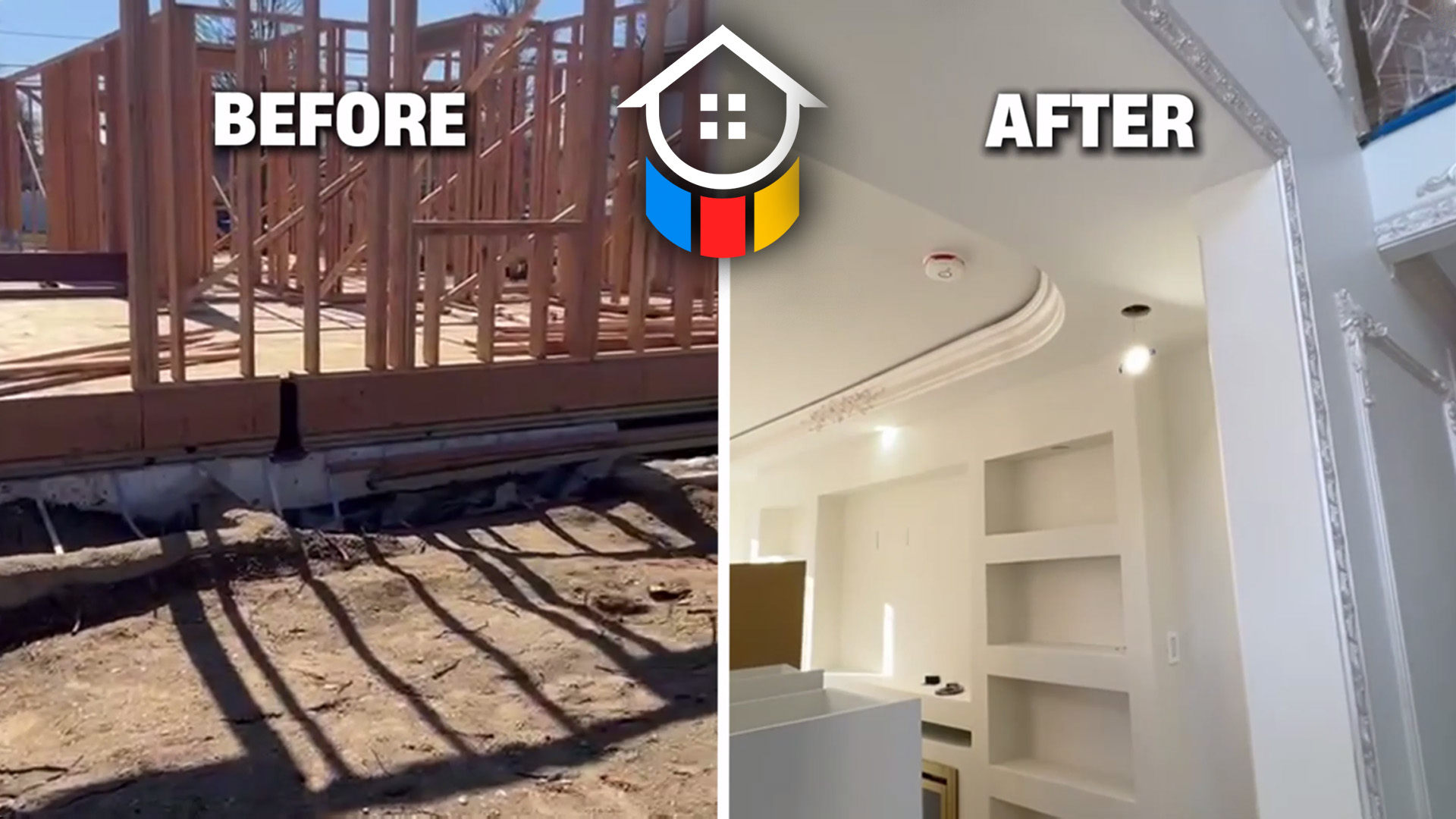Construction
Surface Preparation: Similar to interior painting, surface preparation is a crucial step in exterior painting. It involves assessing the condition of the exterior surfaces, cleaning them thoroughly, and addressing any issues such as cracks, peeling paint, or damaged areas. Surface preparation may include power washing, scraping, sanding, and priming to create a suitable base for the paint.
Color and Finish Selection: Choosing the right colors and finishes for the exterior surfaces is an important aspect of the project. The scope may involve collaborating with the client to select appropriate colors that complement the architectural style and surroundings. Factors like weather resistance, durability, and compatibility with the existing materials may also be considered.
Exterior Surfaces: The project scope typically includes painting various exterior surfaces, such as siding, trim, doors, windows, shutters, fences, and decks. Each surface may require specific preparation and painting techniques to ensure proper coverage and adhesion.
Painting Techniques: Depending on the project requirements, different techniques may be employed for exterior painting. This could involve using brushes, rollers, or sprayers to apply the paint effectively and efficiently. Proper masking and protection of adjacent surfaces are crucial during the painting process.
Weather Protection: Exterior paints are exposed to harsh weather conditions, so the project scope may include selecting paints that offer long-lasting protection against UV rays, moisture, mildew, and other environmental factors. Applying appropriate primers and sealants can further enhance the durability and weather resistance of the painted surfaces.
Safety Considerations: Exterior painting often involves working at heights, so safety precautions should be a part of the project scope. This may include using proper scaffolding, ladders, and safety equipment to ensure the well-being of the painters and anyone in the vicinity.
Clean-up and Final Touches: Once the painting is completed, the project scope should include thorough clean-up of the work area, removal of debris, and returning any moved furniture or equipment to their original positions. A final inspection may be conducted to address any touch-ups or areas that require additional attention.
It's important to consult with a professional painting contractor to assess the specific needs of your exterior painting project. They can provide expert advice, recommend suitable products, and ensure that the scope of work aligns with your desired outcome and budget.


